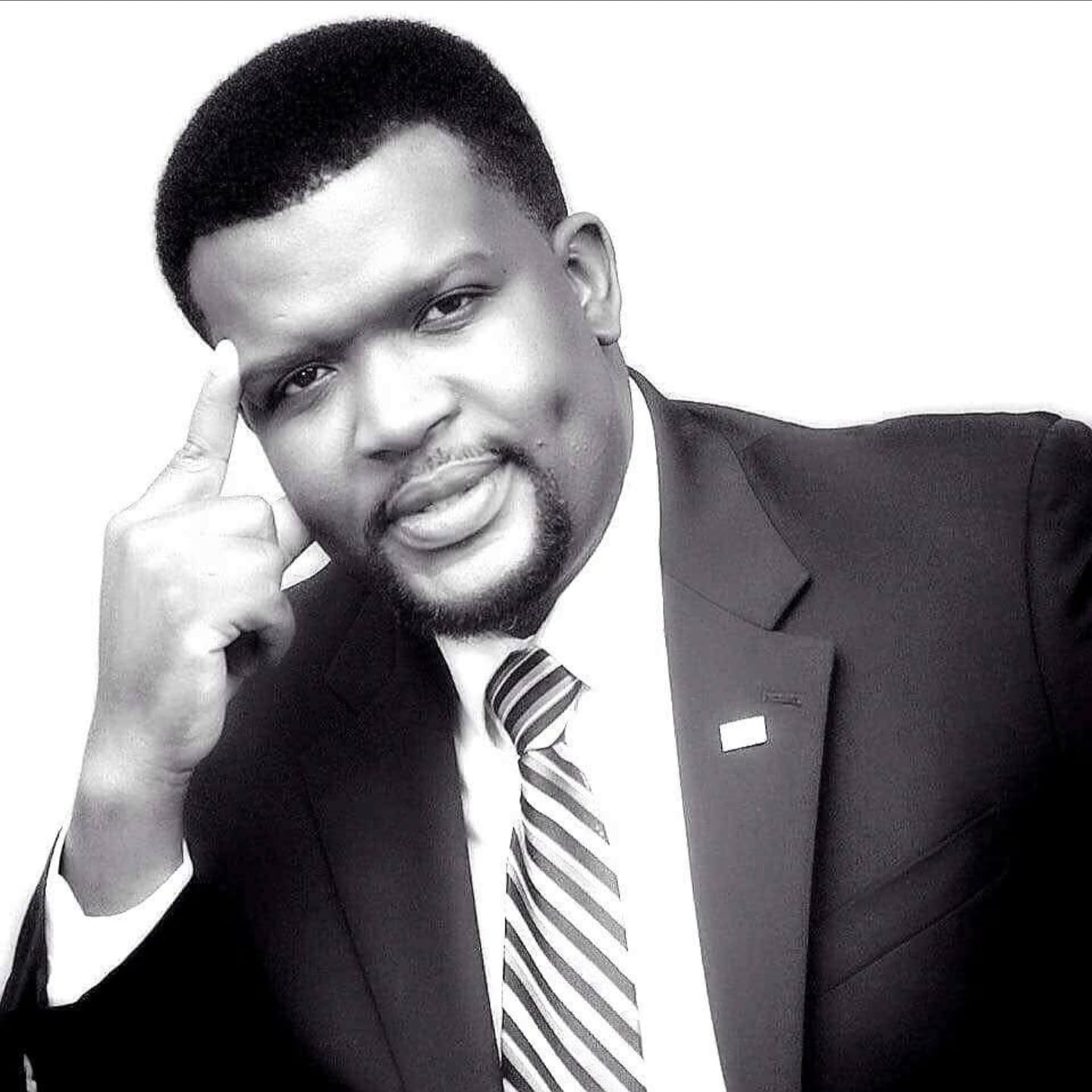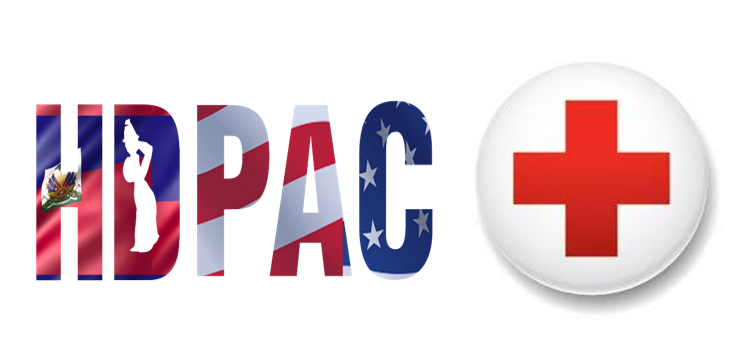President Trump reversed himself on Friday, approving a package of wildfire disaster relief for California hours after officials from his administration had explained why the state should not receive the aid.
“Just got off the phone with President Trump who has approved our Major Disaster Declaration request,” Gov. Gavin Newsom of California said in a statement. “Grateful for his quick response.”
The disaster relief aid covers six major wildfires that scorched more than 1.8 million acres in land, destroyed thousands of structures and caused at least three deaths last month.
The relief package adds to the 68 fire-related aid packages for California that Mr. Trump has approved during his tenure: 61 for firefighting, five for disaster relief and two for support of emergency services.
California has suffered a series of huge fires since August, when freak lightning storms ignited hundreds of blazes, some of which grew to be the largest in modern state history. Subsequent fires in September tore through parts of the Sierra Nevada and wine country north of San Francisco.
Earlier on Friday, Judd Deere, a White House spokesman, said aid for the September fires “was not supported by the relevant data that states must provide for approval and the president concurred with the FEMA administrator’s recommendation.”
Lizzie Litzow, the agency’s press secretary, said damage assessments of some of the fires that started in early September, which included one of the largest fires in California’s history, “were not of such severity and magnitude to exceed the combined capabilities of the state, affected local governments, voluntary agencies and other responding federal agencies.”
The initial rejection was unusual but not unprecedented: A 2017 report by the Congressional Research Service found that from 1974 to 2016 presidents denied requests for disaster relief an average of 2.9 times per year during nonelection years, and 2.1 times in a year with a presidential election.
Since the enactment in 1953 of a federal disaster relief act, presidents have been authorized to issue declarations that provide states with federal assistance in response to natural and man-made incidents. The requests are judged based on criteria that take into account damage to infrastructure, existing insurance coverage and a state’s population, among others.
But ultimately the president has the authority to approve or reject a disaster aid request regardless whether the criteria are met.
Mr. Newsom said Friday morning that he would appeal the denial — and had apparent success in persuading the president during their afternoon phone call.
While the state did not include a specific dollar amount in its request, Mr. Newsom had written that because of a recession induced by the coronavirus pandemic, California went from a projected $5.6 billion budget surplus to a $54.3 billion projected deficit.
“California’s economy is suffering in a way we have not seen since the 2009 Great Recession,” he said in the request, which came in the form of a letter to Mr. Trump.
Infrastructure damage estimates from the fires had exceeded $229 million, Mr. Newsom said, and “the severity and magnitude of these fires continue to cause significant impacts to the state and to the affected local jurisdictions, such that recovery efforts remain beyond the state’s capabilities.”
The handling of wildfires has become highly politicized during Mr. Trump’s presidency, aggravating tensions between the conservative administration and one of America’s most liberal states. California has sued the president on dozens of issues ranging from the environment to immigration.
Last year, the president threatened to cut off funding for wildfire relief unless California improved the management of its forests.
“Billions of dollars are sent to the State of California for Forest fires that, with proper Forest Management, would never happen,” Mr. Trump tweeted in January 2019. “Unless they get their act together, which is unlikely, I have ordered FEMA to send no more money.”
Mr. Trump’s threat at the time alarmed both Republicans and Democrats in the state. Miles Taylor, a former senior Trump administration official who has endorsed Joseph R. Biden Jr.’s presidential campaign, said in August that Mr. Trump’s reluctance to aid California was overtly political.
“He told us to stop giving money to people whose houses had burned down from a wildfire because he was so rageful that people in the state of California didn’t support him and that politically it wasn’t a base for him,” Mr. Taylor says in a campaign video.
However, many of the largest fires in California over the past four years have ravaged areas that tend to vote Republican. And wildfire experts say Mr. Trump’s analysis is problematic because most of California’s forests are on land owned by the federal government and their maintenance largely falls under the responsibility of his administration.
As wildfires have become hotter, more intense and more destructive in recent years liberals and conservatives in the state have been locked in a debate over the reasons. During a visit to California in September, Mr. Trump said “I don’t think science knows” what is happening when the state’s secretary for natural resources pressed him on the changing climate.
“One camp is saying it’s all climate change driven, and the other saying it’s all forest management,” said Malcolm North, a forest ecologist at the University of California, Davis. “The reality is that it’s both. I get kind of frustrated at this all-or-nothing type of approach.”
Governor Newsom last month requested the disaster declaration to include statewide hazard mitigation, as well as public assistance for seven counties.
Senator Kamala Harris and Gov. Gavin Newsom visiting the site of the Creek Fire in Auberry, Calif., last month.
The six fires targeted under the declaration include the Valley Fire in San Diego, the El Dorado Fire in San Bernardino, the Slater Fire in Siskiyou, the Oak Fire in Mendocino, the Bobcat Fire in Los Angeles and the Creek Fire in Fresno and Madera, Mr. Ferguson said. The state this year has suffered four of its five largest wildfires in modern history.
The Creek Fire that started on Sept. 4 is among the largest fires in California history, burning 344,000 acres as of Friday. The fire, the scene of dramatic helicopter rescues, has so far damaged more than 550 homes, threatens thousands more and has forced more than 24,000 people to evacuate. It is 60 percent contained.
Managing wildfires has become an ongoing task for firefighters, officials and residents. Since the beginning of the year, more than 8,500 wildfires have burned over 4.1 million acres in California, CalFire said in its statewide fire summary on Thursday. The total number of statewide deaths related to these fires is at least 31, it said.
The threat of more fires this year continues to haunt the state. With record-breaking temperatures and high winds this week, large parts of Northern California were placed under “red flag warnings” and the state’s largest utility cut power to more than 50,000 households in an effort to reduce the possibility that its equipment could ignite new fires.
On Friday, firefighters rushed to extinguish yet another fire that threatened homes on the hillsides near the San Francisco airport. Thick smoke rose yet again into the azure California skies. (NYTIMES).






